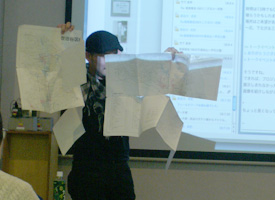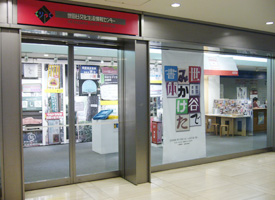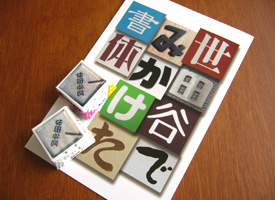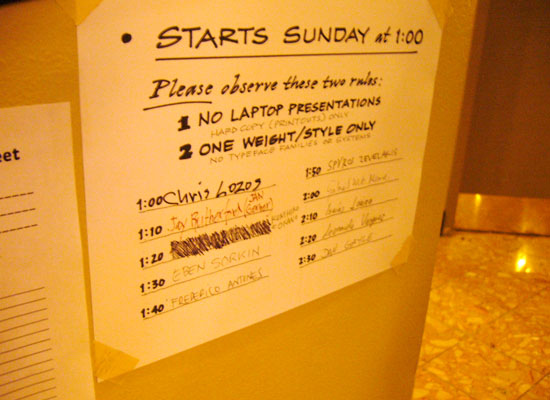Three font-related works got the Good Design Award
Thursday, October 1st, 2009Japan Industrial Design Promotion Organization announced the results of the Good Design Award 2009 on October 1st. Good Design Award is the only annual comprehensive design commending system in Japan, and the award-winning works get the right to show the G-mark for its promotion on the several kind of media by paying annual fee. The award winning works in 2009 contained three font related works.
Driver’s font
Driver’s font designed by Type Project collaborated with Denso, is the supplier mainly car equipments and air conditioner, got the Frontier Design Award.
Driver’s font was designed to support car drivers in 2007 as a prototype work, which is now in progress to develop, based on the assumption in light of the research for driver’s situation.
While driving a car, a driver needs to concentrate gazing forward and have to glance at information on the equipment panels such a speed mater or car navigation system. The driver recognizes the information by remembering the image what the panels showed after glancing at the panels. The driver repeats these actions concentrating forward. The interval to check panels will change depends on its car speed. To keep the impressions that driver imprinted, the letters needs to be required clear legibility and generating strong impressions. Driver’s font gives driver stabilized visual images by modulating letters along with car speed. When the car in high speed, the letters become a bit bolder to enhance strong images to the driver, on the other hand, the car is staying, the letter looks calm by showing the letter thinner.
Driver’s font has three styles, Urban mode and Enthusiast mode, plus Enthusiast Italic “Power Band”mode for Sports mode. The letters in Enthusiast mode enhanced the characteristics of the letters such as the terminals and thickness of the strokes and serifs, compared with the Urban mode, which helps drivers be able to easily catch the letters on the panels in high speed.
Reference: AXIS magazine vol. 136 contains an article on Driver’s font.
Iwata Universal Design font
Iwata Universal Design font got the Life-Scape Design Award. This font is the pioneer of the Universal Design font trend in Japan. Universal Design font, abbreviated UD Font, is becoming popular in Japanese typeface market after Iwata’s UD font was released in 2006. Above all, Product design field welcomed to use UD fonts designing products with Universal Design philosophy. Iwata collaborated with Panasonic, is the major home-electronics, audio and visual device maker, to make its UD fonts in order to help those with weak-eyes and aged-eyes. The other type foundries followed to make UD fonts.
Fontpark 2.0
MORISAWA Fontpark 2.0 designed by Yugo Nakamura (tha ltd, yugop.com) in 2008 is a unique attraction interface. User can play to draw a picture using strokes and elements of letters from Morisawa Font Library. And it is available to save the picture to the web site, then visitors can watch the archives replaying making process of the work. Enjoy this font park.




